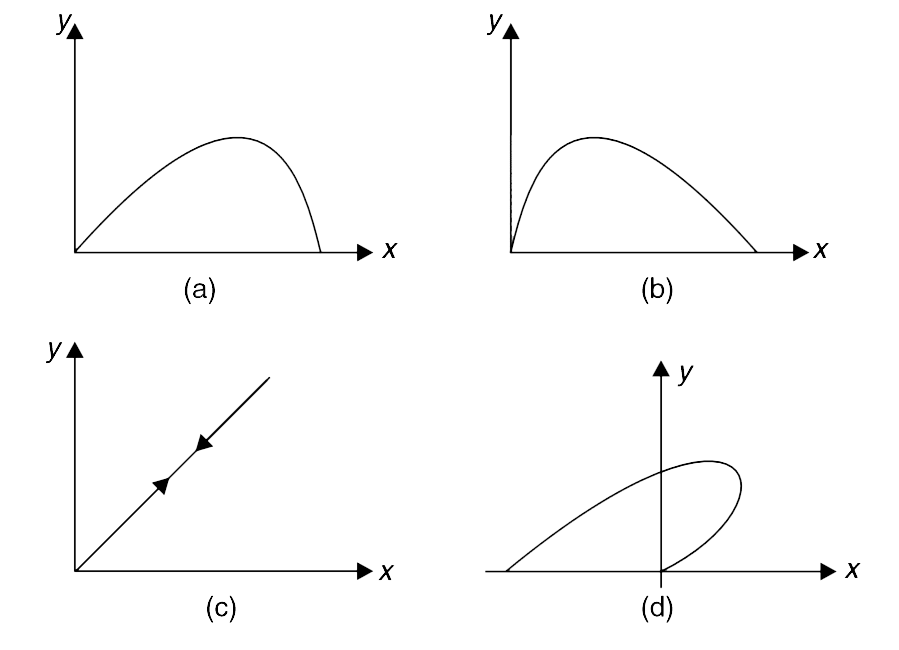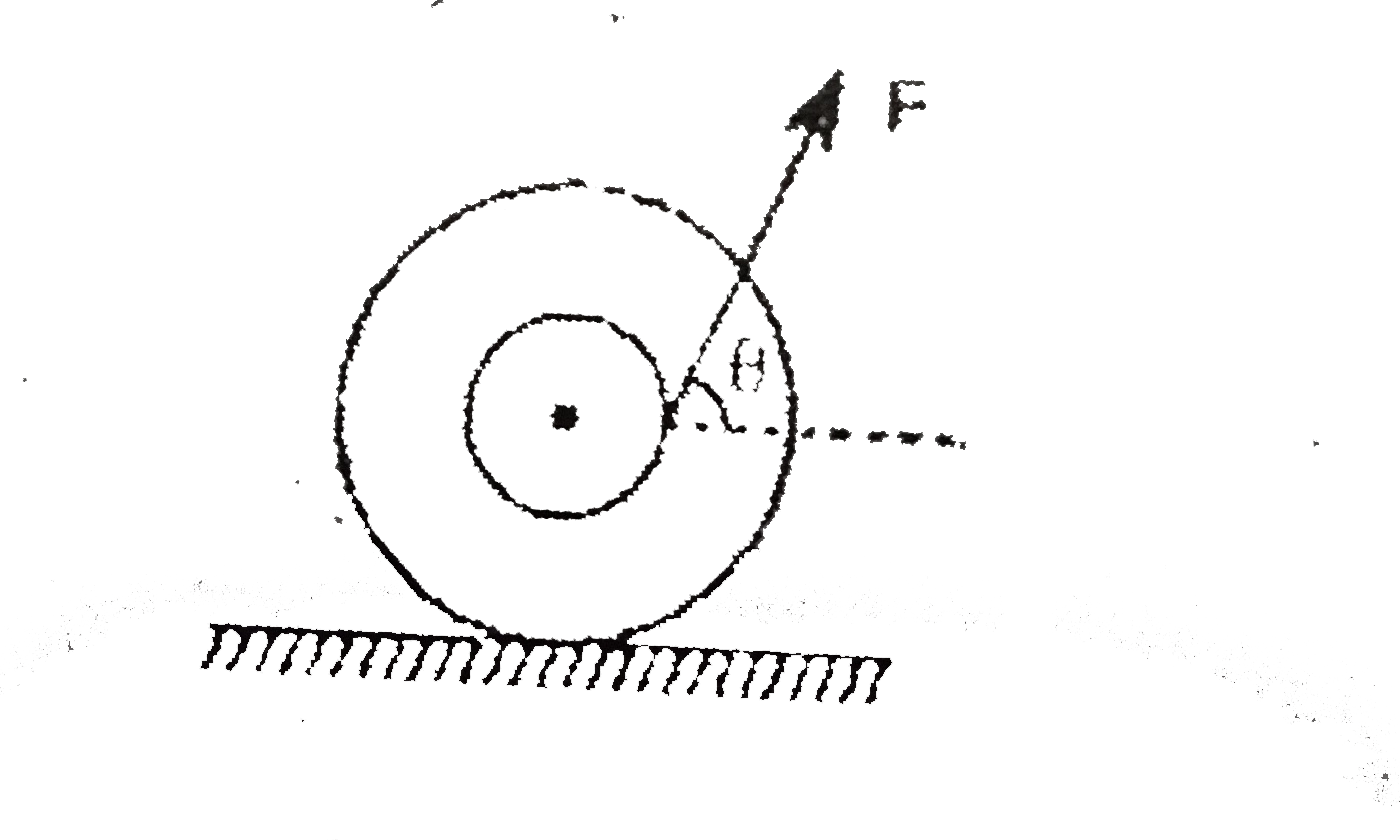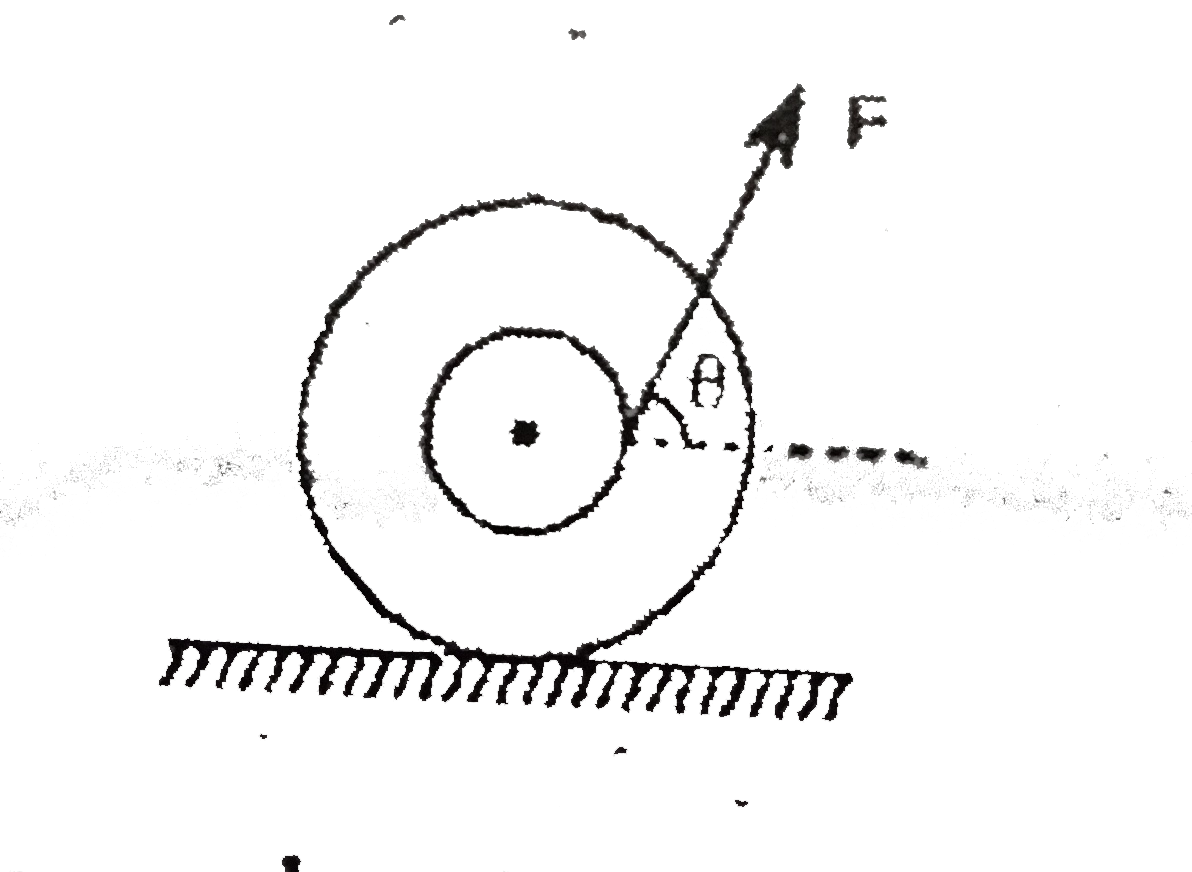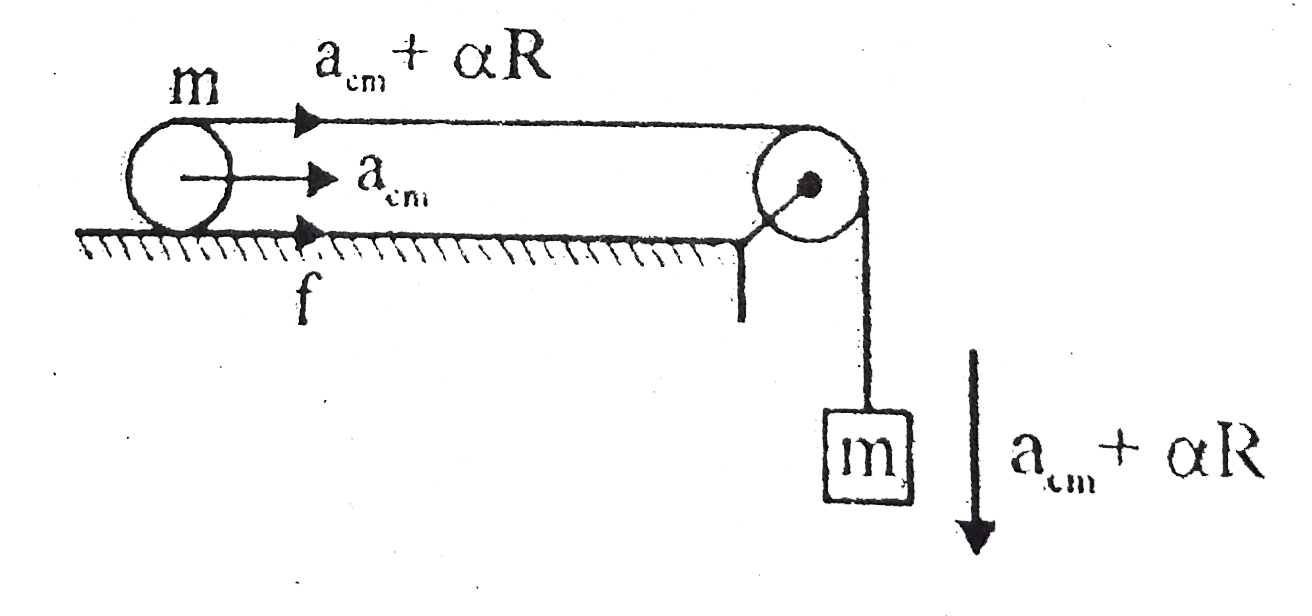A young dicot seedling (e.g., soyabean) is laid horizontally on a surface and is subjected to gravity stimulus. The shoot bends in upward direction and the root bends in downwards direction. Which out of the following is the possible reason for this movement ?
Redistribution of auxins throughout the seedlings is responsible for the stimulatory unequal growth in shoots and roots.
Redistribution of cytokinins throughout the seddling is respondible for the stimulatory unequal growth in roots and shoots.
Redistribution of auxins in roots and cytokinins in shoots is responsible for stimulatory unequal growth.
Redistribution of auxins in shoots and cytokininis in roots is responsible for stimulatory unequal growth.
The correct Answer is:a
Auxins play a paramount role in the various tropic movements shown by plants such as phototropism and gravitropism. Photoropism is the movement in response to light. The shoot tip is responsible for the directional movement in response to sunlight, as tip is the area where auxins are synthesised. The part of the shoot tip which receives direct sunlight will have the least amount of auxin. more auxin present on the shaded side promotes more cell division and elongation, causing the plant to bend towards sunlight. Gravitropism is the movement in response to gravity. Roots bend downwards in response to gravity due to the regulated transport of auxins called as poalr auxin transport.
Topper's Solved these Questions
Similar Questions
A ball is projected in vertical x–y plane from a car moving along horizontal x direction. The car is speeding up with constant acceleration. Which one of the following trajectory of the ball is not possible in the reference frame attached to the car? Give reason for your answer. Explain the condition in which other trajectories are possible. Consider origin at the point of projection.
 View Solution
View SolutionA passage is given with five questions following it. Read the passage carefully and select the best answer to each question out of the given four alternatives.
Science and religion - the two terms have come to signify a mutual antagonism. The two, it is commonly declared, are poles apart, their spheres of activity and their methods differ widely, so much so that they are considered to be irreconcilable.
On the face of it, science and religion appear to be the two opposite poles of man's consciousness. Science is basically concerned with the material world: its efforts are directed towards unraveling the "how" of reality while religion is concerned with the "why" of reality. Science deals with analyzing tangible entities into its minutest parts, and then arrives at conclusions about the way in which tangible realities are organized. While science is analytical, religion takes the ultimate reality for granted. Religion follows the metaphysical path, the concept of God is ultimately a matter of faith and it is this faith which is the basis of the religious man's attribution of a design or meaning for the reality
The modes of action are different in science and religion. Science relies on experiment, whereas religion is based on experience. Any religious experience, whether it is Christ's or Ramakrishna's, is personal and subjective. Science, on the other hand, is marked by objectivity. Theory has to be corroborated by tangible proof. Science benefits mankind by providing material comforts. The frontiers of science do not end in knowledge but are extended to the formation of appliances for actual use. Science, it has been somewhat unfairly charged, cultivates the materialistic thinking. However, it has to be admitted that the mental attitude promoted by religion is entirely different, while the basis of scientific progress is unbridled curiosity and courageous endeavour, the truly religious spirit cavils at such presumption that man's mind can penetrate the mysteries of the universe. Science promotes fearless inquiry while an essential ingredient of religion is the humility born of fear of God. Science incorporates a love of experimental knowledge, while religion does not believe in the rational approach.
Which of the following reason provided material comforts to people in case of science? (View Solution
Knowledge Check
- Question 1 - Select One
A spool of mass m has moment of inertia I=2mR2 about its axis of symmetry. The inner and outer radius of spool R and 2R respectively. Thread is wounded on the inner cylinder and its one end is pulled a force F acting at angle θ with horizontal. The surface is sufficiently rough and th.e spool never slides on the surface.

Regarding to the direction of frictional force, which of the following statement is correct?AFor 0≤θ≤90∘, it always acts leftwardsBFor 0≤θ≤60∘, it acts leftwards and for 60∘≤θ≤90∘ it acts rightwardsCit becomes zero at certain angle θ between 0 to 90∘DNone of these - Question 2 - Select One
A particle having a mass of 10−2 kg carries a charge of 5×10−8 C. The particle is given an initial horizontal velocity of 105ms−1 in the presence of electric field →E and magnetic field →B. To keep the particle moving in a horizontal direction, it is necessary that.
(1) →B should be perpendicular to the direction of velocity and →E should be along the direction of velocity.
(2) Both →B and →E should be along the direction of velocity.
(3) Both →Band→E are mutually perpendicular and perpendicular to the direction of velocity.
(4) →B should be along the direction of velocity and →E should be perpendicular to the direction of velocity Which one of the following pairs of statements is possible?
Which of the following pairs of statements is possible ?A(1) and (3)B(3) and (4)C(2) and (3)D(2) and (4) - Question 3 - Select One
A spool of mass m has moment of inertia I=2mR2 about its axis of symmetry. The inner and outer radius of spool R and 2R respectively. Thread is wounded on the inner cylinder and its one end is pulled a force F acting at angle θ with horizontal. The surface is sufficiently rough and th.e spool never slides on the surface.

Regarding to the direction of rotation of spool which of the following statement is true?Aspool rotates clockwise 0<θ<90∘Bspool rotates anticlockwise 0<θ<90∘Cspool rotates clockwise for 0≤θ<60∘ and anticlockwise for 60∘<θ≤90∘Dspool rotates anticlockwise for 0≤θ<60∘ and clockwise for 60∘<θ≤90∘
A man holds a thin sticks at its two ends and bends it in an arc, like a bow without a string. Which of the following figures correctly show the directions of the forces exerted by him on the stick? ( Neglect gravity)
View SolutionIn the given figure a ring of mass m is kept on a horizontal surface while a body of equal mas 'm' attached through a string Which is wounded on the ring when the system is released the ring rolls without slipping consider the following statements and choose the correct option.

(1)acceleration of the centre of mass of ring is 2g3
(2) acceleration of the hanging particle is 4g3
(3) frictional force (on the ring ) acts along forward direction
(4) Frictional force (on the ring) acts along backward directionView SolutionYoung-Laplace law states that the excess pressure inside a soap bubble of radius R is given by ΔP=4σ/R where σ is the coefficient of surface tension of the soap. The E⋅⋅otv⋅⋅os number E0 is a dimensionless number that is used to describe the shape of bubbles rising through a surrounding fluid. It is a combination of g, the acceleration due to gravity, ρ, the density of the surrounding fluid, σ and a characterstic length scale L which could be the radius of the bubble. A possible expression for E0 is
View Solution
in the given figure a ring of mass m is kept on a horizontal surface while a body of equal mass m si attached through string, which is wounded on the ring. When the system is released the ring rolls without slipping. consider the following statement and choose the correct options.
(i). Acceleration of centre of mass of ring is 2g3
(ii). acceleration of hanging particle is 4g3
(iii). Frictional force (on the ring) acts in backward direction.
(iii). Frictional force (on the ring) acts in backward direction
(iv) . Fraction force (on the ring) acts in backward direction.View SolutionA passage is given with five questions following it. Read the passage carefully and select the best answer to each question out of the given four alternatives.
Science and religion- the two terms have come to signify a mutual antagonism. The two, it is commonly declared, are poles apart, their spheres of activity and their methods differ widely, so much that they are considered to be irreconcilable.
On the face of it, science and religion appear to be the two opposite poles of man.s consciousness. Science is basically concerned with the material world, its efforts are directed towards unravelling the "how" of reality while religion is concerned with the "why" of reality. Science deals with analyzing tangible entities into its minutest parts, and then arrives to conclusions about the way in which tangible realities are organized. While science is analytical, religion takes the ultimate reality for granted. Religion follows the metaphysical path, the concept of God is ultimately a matter of faith and it is this faith which is the basic of the religious man.s attribution of a disign or meaning of the reality.
The modes of action are different in science and religion. Science relies on experiment, whereas religion is based on experience. Any religious experience, whether it is Christ.s or Ramakrishna.s is personal and subjective. Science, on the other hand, is marked by objectivity. Theory has to be corroborated by tangible proof. Science benefits mankind by providing material comforts. The frontiers of science do not end in knowledge but are extended to the formation of appliances for actual use. Science, it has been somewhat unfairly charged, cultivates the materialistic thinking. However, it has be admitted that the mental attitude promoted by religion is entirely diifferent, while the basic of scientific progress is unbridled curiosity and courageous endeavour, the truly religious spirit cavils at such presumption tht man.s mind can penetrate the mysteries of the universe. Science promotes fearless inquiry while an essential ingredient of religion is the humility born of fear of God. Science incorporates a love of experimental knowledge, while religion does not believe in the rational approach.
Which of the following reasons provided material confronts to people in case of science?View Solution

